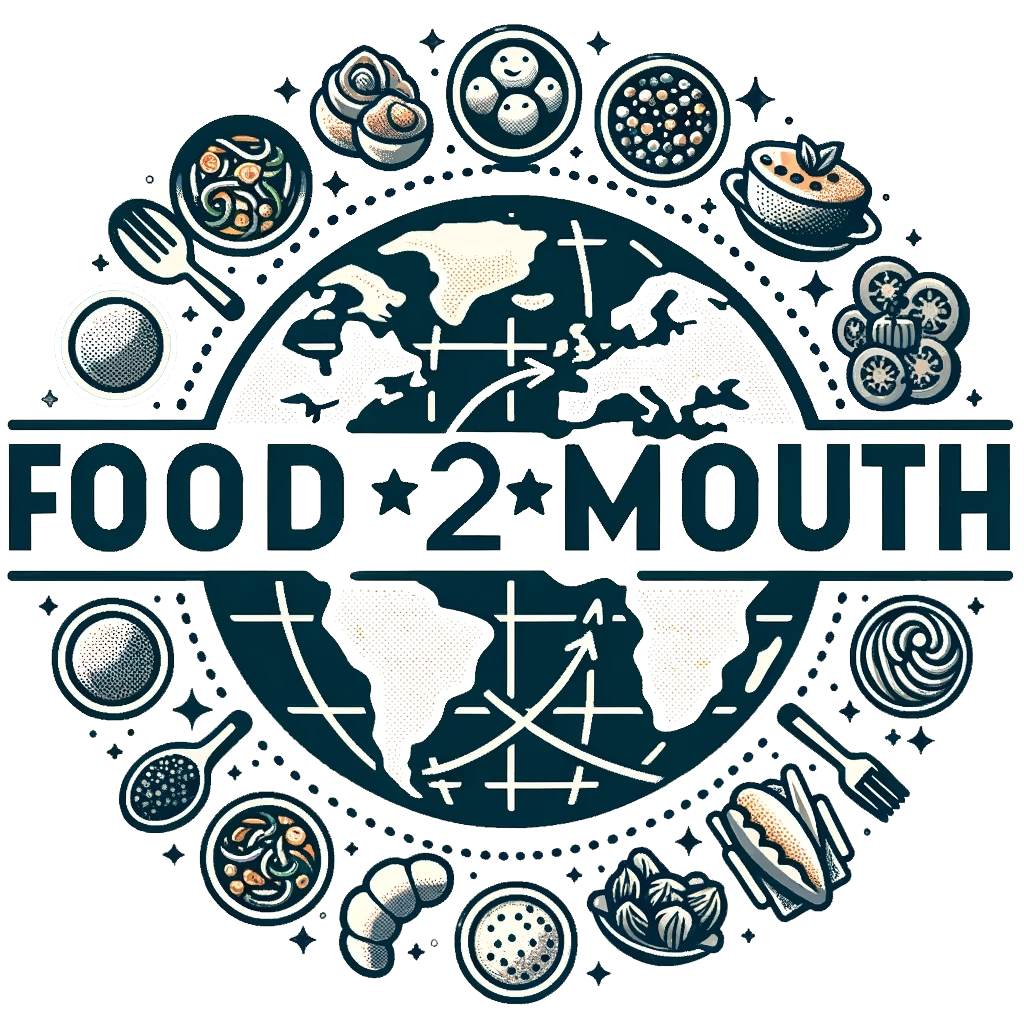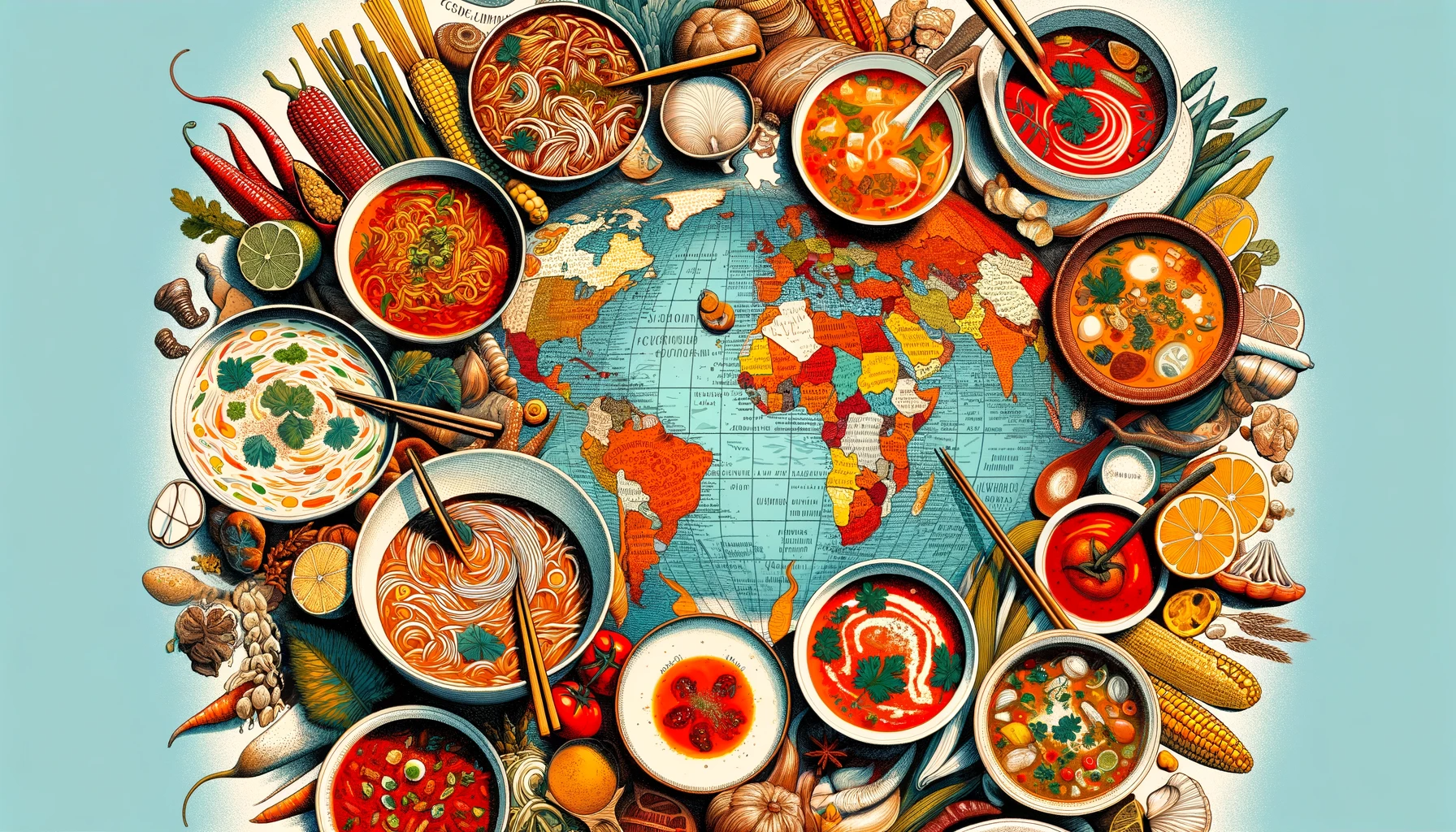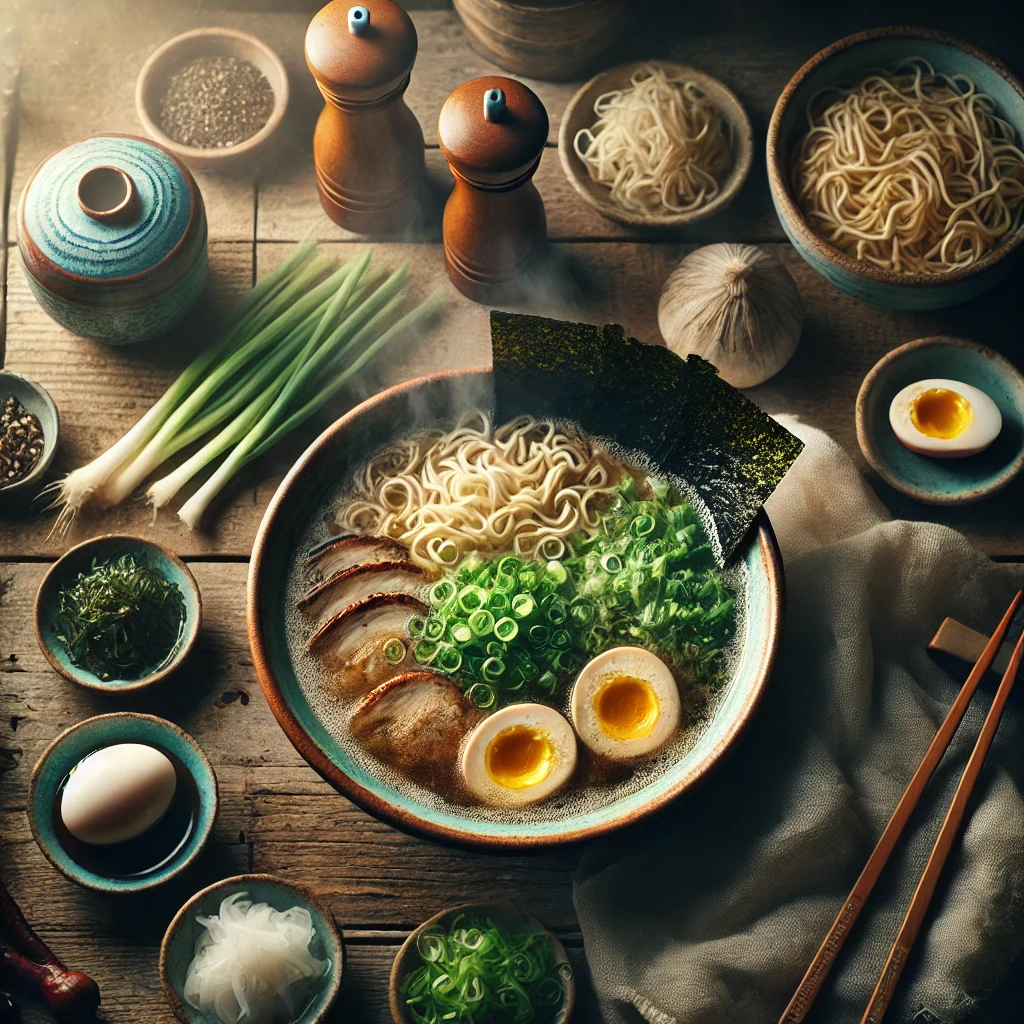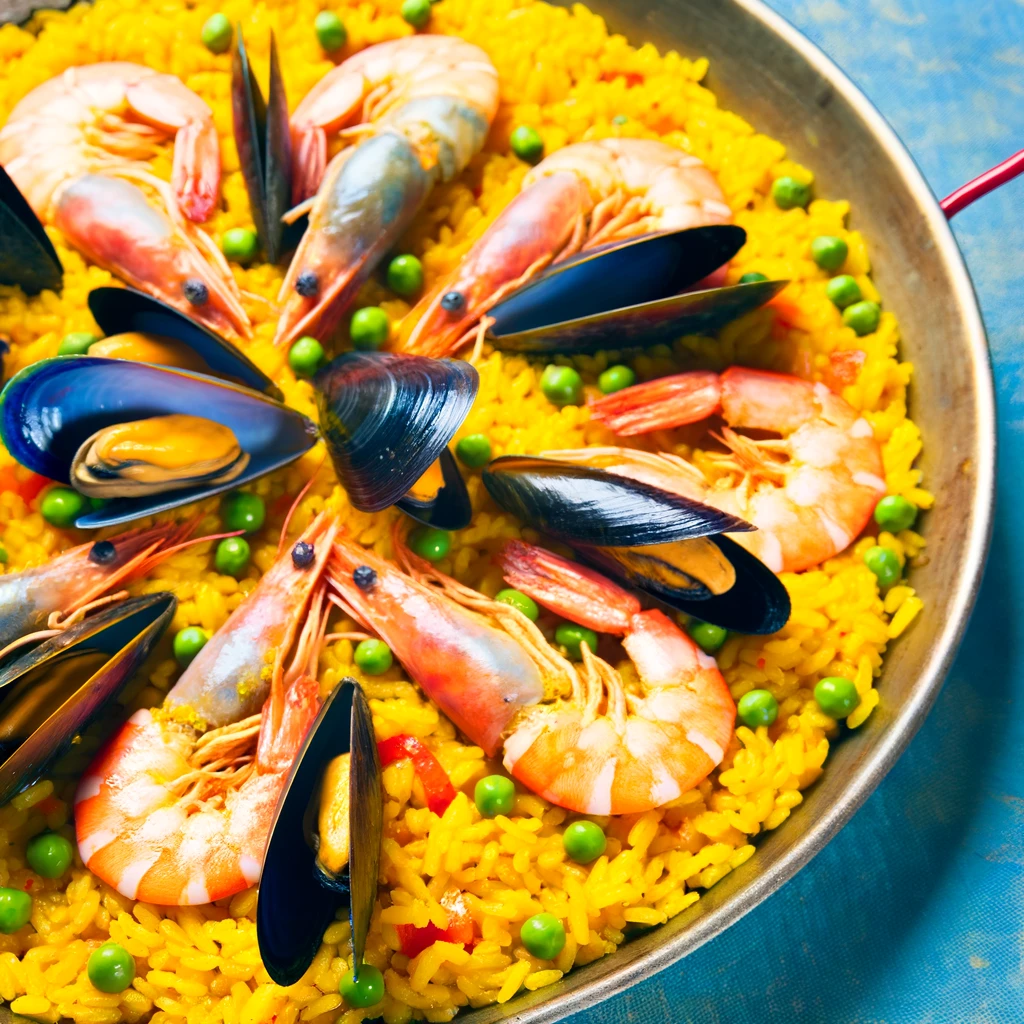The Universal Language of Soup
From the simmering pots of ancient civilizations to the modern kitchens of today, soups have long been a staple of human cuisine, transcending boundaries and binding cultures with their warmth and nourishing qualities. The history of soups is as rich and diverse as the ingredients that fill these comforting bowls, painting a culinary canvas that stretches across continents and centuries. In this journey through the “history of soups,” we will explore how these humble dishes have not only fed but also united people across different lands and times.
Soups, in their simplest form, are a harmonious blend of ingredients – vegetables, meats, grains, and herbs – gently cooked in a liquid. Yet, this basic definition belies the complexity and significance these dishes hold in various cultures. Every region of the world has its own version, each telling a story of the land’s resources, the creativity of its people, and their culinary traditions. From the robust, meaty broths of Eastern Europe to the spicy, aromatic concoctions of Asia, soups have always been more than just a meal. They are a reflection of history, geography, and culture, simmered together in a pot.
As we delve into this article, we will uncover how soups have evolved over time, adapting to the changes in society, economy, and gastronomy. We will journey from the ancient pots of our ancestors to the avant-garde kitchens of today’s top chefs, discovering how soups have remained a constant in the ever-changing culinary landscape. Whether as a means of survival in times of scarcity or a canvas for culinary artistry in abundance, soups have always had the unique ability to bring people together, offering comfort, community, and connection.
Join us as we stir the pot of history, ladling out stories of how soups have been more than a mere sustenance but a symbol of unity and creativity in human civilization. In this exploration of the “history of soups,” we will not only feed our minds with knowledge but also warm our souls with the stories that have simmered in these broths for generations.
The Ancient Broth – Origins and Evolution
The story of soup is as old as the history of cooking itself. When our ancestors first tamed fire, they unlocked a method of food preparation that would forever change human civilization. The earliest soups, though primitive by today’s standards, marked the beginning of this culinary evolution. These ancient broths were not just about nourishment; they were the foundation upon which cultures and communities were built.
Early History of Soups
The genesis of soup can be traced back to around 20,000 BC with the invention of waterproof containers. Before the advent of pottery, it’s believed that animal hides and watertight baskets of bark or reeds were used to hold liquids that would be heated with hot rocks. These primitive cooking methods allowed for the combination of various ingredients in a single pot, leading to the creation of the first soups.
As civilizations evolved, so did their cooking methods. The ancient Egyptians, known for their advancements in many areas, were also culinary innovators. Their diets frequently included a variety of soups made from onions, lentils, and garlic, ingredients still beloved in soup recipes today. In ancient Greece, a simple broth known as “ptisan” was made from barley, demonstrating the use of grains in early soups.
Soups for Nourishment and Healing
In many ancient cultures, soups were more than just a food source; they were medicinal. The healing properties of soup were recognized and utilized in various traditional medicines. The Chinese, for instance, have a long history of using soups for health purposes, with recipes specifically designed to heal and rejuvenate the body. The concept of ‘food as medicine’ was deeply ingrained in these cultures, and soups played a pivotal role in this philosophy.
Similarly, in medieval Europe, soups, then commonly referred to as “broths,” “pottages,” or “brewets,” were a dietary mainstay, especially for the peasantry. These broths were often thickened with bread, rice, or grains and were a means of ensuring that even the most meager of ingredients were not wasted. This resourcefulness in soup-making was a testament to its role in survival and sustenance.
Evolution of Soup Recipes Through the Ages
As trade routes expanded and new lands were discovered, the ingredients available for soup making became more varied and exotic. The Silk Road, for instance, played a significant role in introducing spices and herbs from the East to the West, adding flavor and depth to the traditional soups of Europe.
The Age of Exploration in the 15th and 16th centuries further revolutionized culinary practices, including soup-making. Ingredients like potatoes, tomatoes, and corn from the Americas were introduced to Europe, leading to new soup varieties. The famous Spanish “gazpacho” and Italian “minestrone” are prime examples of how new world ingredients were incorporated into traditional soups, creating classics that are still enjoyed today.
The industrial revolution brought another significant change with the invention of canning in the 19th century. This allowed for the mass production and distribution of soups, making them more accessible than ever before. The 20th century saw the rise of ready-to-eat soups, signifying a shift from homemade recipes to commercial production, aligning with the fast-paced lifestyle of the modern world.
In conclusion, the journey of soup from ancient times to present-day kitchens is a story of innovation, adaptation, and resilience. These broths and stews have not only sustained generations but have also reflected the changing tastes, resources, and technologies of humankind. The ancient broth, with its humble beginnings, has evolved into a culinary phenomenon, demonstrating the enduring legacy and versatility of soup in the tapestry of human history.
Soups as a Cultural Conduit
The narrative of soup extends far beyond its role as a mere sustenance. It is a testament to cultural exchange, a symbol of the melting pot of traditions and flavors. Across the globe, different cultures have developed their unique soup recipes, each telling a story of their history, geography, and lifestyle. These soups, in their journey across borders and oceans, have not only offered flavors but also facilitated a cultural dialogue, blending and shaping identities.
Global Diversity in Soup Recipes
Each region of the world boasts its own signature soups, reflecting the local ingredients and culinary practices. In Asia, for instance, soups often hinge on a balance of flavors like the tangy and spicy Tom Yum from Thailand or the umami-rich Miso soup from Japan. These soups are not just meals but are integral to the cultural dining experience, often serving as a starting point to a larger feast.
In Europe, soups vary dramatically from the east to the west. Eastern European countries like Russia and Poland are known for their hearty, meaty broths like Borscht and Zurek, perfect for the colder climates. On the other hand, Mediterranean regions favor lighter, vegetable-based soups such as the Gazpacho from Spain, a cold soup that reflects the region’s warmer climate and abundant produce.
The Americas, with their diverse climatic zones and cultural influences, offer a rich variety of soups. From the chunky, meat-filled Gumbo of the Southern United States, a melting pot of French, African, and Native American influences, to the hearty Quinoa soups of the Andean region in South America, these dishes are deeply embedded in the local food culture.
Soups in Cultural Exchanges and Influences
Soups have played a significant role in cultural exchange, often traveling with migrants, traders, and conquerors. As people moved, they took their recipes with them, adapting to new environments and ingredients. This exchange led to the evolution of soups, with many acquiring a hybrid identity. For example, the American Chicken Noodle Soup, while rooted in European traditions, has become a quintessential comfort food in the United States, often associated with the warmth and care of home cooking.
Additionally, colonization and trade introduced new ingredients and cooking techniques to indigenous soups, enriching the local culinary traditions. The Filipino “Sinigang,” for example, demonstrates the influence of Spanish colonization, melding native tamarind sourness with a Spanish flair for stew-like dishes.
Famous Soups That Became Global Favorites
Some local soups have transcended their origins to become global favorites, often symbolizing the cuisine of an entire nation. The Italian Minestrone, a thick vegetable soup, has found its place in restaurants worldwide, adapting to local tastes and available vegetables. Similarly, the French Onion Soup, with its rich broth and melted cheese topping, has become synonymous with French culinary sophistication.
Another remarkable example is Pho from Vietnam. This fragrant noodle soup, born out of the fusion of French and Vietnamese cuisines during colonial times, has become an international symbol of Vietnamese food culture. Its popularity across the globe signifies not just a taste preference but an acceptance and appreciation of Vietnamese culture.
In conclusion, soups serve as a cultural conduit, offering a glimpse into the history, climate, and lifestyle of different regions. They are culinary ambassadors, telling stories of migration, trade, and fusion. As we savor these diverse broths, we partake in a global culinary heritage, one that is constantly evolving and yet deeply rooted in tradition. The story of soup, therefore, is not just about the food itself, but about the people and cultures that have stewed together over time, creating a rich tapestry of global cuisine.
The Social Soup Pot – Bringing Communities Together
The significance of soup extends beyond its culinary boundaries, serving as a social catalyst throughout history. From ancient communal fires to modern-day soup kitchens, soups have been at the heart of community gatherings, symbolizing unity and shared experiences. In this section, we explore how soup has played a pivotal role in bringing communities together, reflecting the essence of human cooperation and social bonding.
Historical Perspective on Communal Soup Cooking
Communal cooking, especially of soup, is a practice rooted in ancient traditions. In many early societies, the preparation and consumption of soup were communal activities. Large pots simmering over communal fires were common sights in villages, where each member contributed ingredients, creating a nutritious meal that everyone could share. This practice was not just about sharing food; it was a ritual that strengthened social bonds and reinforced a sense of community.
In medieval Europe, the concept of “pottage,” a thick, often communal soup, was integral to village life. These pottages were slow-cooked over open fires, with ingredients contributed by different households. This practice was particularly important during hard times when resources were scarce, ensuring that all community members had access to a nourishing meal.
Soups at the Heart of Community Gatherings and Celebrations
For instance, special soups symbolizing good fortune and health are integral to Lunar New Year celebrations in East Asian cultures. Often dubbed “Jewish penicillin,” chicken soup holds a cherished place in Jewish tradition, providing comfort and a sense of home at many significant gatherings. Meanwhile, in the American South, especially in Louisiana, Gumbo stands as a social centerpiece, its preparation and consumption marking times of communal celebration and pride.
Soup Kitchens and Their Role in Societal Bonding
Soup kitchens have long been vital for societal bonding and aiding the less fortunate. They emerged in the 18th century and grew during wars and depressions, offering food and refuge. These spaces highlight soup’s role in social welfare and unity.
Today, modern soup kitchens, food banks, and charity events carry on this legacy. They unite volunteers and diverse community members, proving how a simple meal can bridge societal gaps and nurture communal empathy.
In conclusion, the social soup pot is a metaphor for communal unity and shared human experience. Throughout history, soups have been more than just nourishment; they have been a means to gather, celebrate, and support one another. In every steaming bowl lies a story of community, a blend of ingredients that goes beyond food to include love, care, and solidarity. This enduring social aspect of soup highlights its role not only in feeding bodies but also in nurturing communities and connecting hearts.
Soups in Times of Scarcity and Abundance
The tale of soup is a narrative of adaptation and resilience, reflecting humanity’s response to times of scarcity and abundance. In periods of hardship, such as wars and economic depressions, soups have played a crucial role in survival. Conversely, in times of plenty, they have transformed into expressions of culinary artistry. This duality of soup – as a sustenance in need and a delicacy in abundance – highlights its versatility and enduring appeal.
Soups During Wars and Economic Depressions
In times of war and economic hardship, soups have historically served as a lifeline for many. Their ability to stretch limited resources, to incorporate various leftovers and inexpensive ingredients, made them ideal during these challenging times. During both World Wars, for instance, governments and communities often relied on soup kitchens to feed the masses. The famous “Hoover Stew,” a type of soup made from whatever ingredients were available, became a symbol of sustenance during the Great Depression in the United States.
Similarly, in many countries ravaged by war, soup was a means of survival. It was a dish that could be cooked in bulk and easily distributed among large groups, providing essential nutrients from whatever ingredients could be found or afforded. These soups were not about flavor or culinary skill but about keeping hunger at bay and providing a semblance of comfort in dire situations.
The Versatility of Soups with Available Ingredients
The inherent versatility of soups is one of their most remarkable qualities. They can be made from almost any ingredient – from the humblest vegetables to the most exotic spices. This adaptability made soup a ubiquitous dish in many cultures, particularly in lean times. In rural communities, for instance, seasonal vegetable soups were common, utilizing whatever was available from the harvest.
This adaptability extends to various cooking traditions as well. For example, in Asian cuisines, soups often include a variety of local ingredients like bamboo shoots, tofu, or seaweed, reflecting the regional availability and dietary preferences. In contrast, in colder regions, heartier ingredients like potatoes, barley, and meat are common, offering more sustenance and warmth.
Transition to Gourmet Soups in Times of Abundance
In contrast to their role in times of scarcity, soups have also found a place in the world of gourmet cuisine. With the advent of global trade and increased prosperity, a wider variety of ingredients became available, leading to more elaborate and sophisticated soup recipes. This transition is a reflection of not just the availability of ingredients but also the evolving palate of societies.
Gourmet soups often feature unique combinations of flavors and high-quality ingredients, such as truffles, saffron, or artisanal cheeses. They are a testament to culinary innovation and creativity, with chefs around the world experimenting with traditional recipes to create new, luxurious versions. For instance, the classic French Bouillabaisse or the Italian Zuppa Toscana have been elevated to fine dining standards, showcasing the potential of soup as a culinary art form.
In conclusion, the story of soup in times of scarcity and abundance is a narrative of human ingenuity and adaptability. Whether serving as a humble meal during hard times or a luxurious dish in periods of wealth, soups have continuously evolved, mirroring the economic and social conditions of societies. This versatility not only underscores the practicality of soups but also their capacity to bring comfort and joy in various forms, resonating with people from all walks of life.
The Modern Melting Pot – Fusion in Soups
Today’s culinary scene turns soups into a hub for innovation and fusion, reflecting our globalized world’s cultural mix. This evolution showcases diverse ingredients and techniques merging, shaped by immigration and global ties. Here, we’ll explore current soup trends, the rise of fusion varieties, and the impact of cultural exchanges on this evolving dish.
Contemporary Trends in Soup Making
Today’s soup trends are full of a fusion of traditional flavors with modern techniques and global influences. Chefs and home cooks alike are experimenting with unexpected combinations, creating dishes that are both familiar and novel. The rise of health-conscious eating has also influenced soup trends, with a growing emphasis on organic, locally-sourced ingredients, and plant-based options. This shift is evident in the popularity of vegan and vegetarian soups, which utilize a variety of legumes, grains, and vegetables to create hearty, nourishing meals.
Moreover, the modern culinary scene has seen an increase in the use of exotic spices and herbs, introducing diners to a broader spectrum of flavors. Soups like Thai-inspired coconut curry or Moroccan harira blend aromatic spices and herbs, offering a taste of their respective cultures, while catering to the adventurous palates of global consumers.
Fusion Soups: Blending of Cultures in a Bowl
Fusion soups are at the forefront of culinary innovation, combining elements from different cuisines to create something entirely new and exciting. These soups often arise from the melding of immigrant food traditions with local ingredients and culinary practices. For instance, the “Phorrito,” a blend of Vietnamese Pho and Mexican burrito concepts, represents a creative fusion that appeals to diverse taste preferences.
The fusion of Italian and Asian flavors in soups offers a vivid example, where traditional Italian broths meet Asian ingredients like lemongrass or ginger, creating a distinct and flavorful experience. These culinary blends are more than experiments; they reflect the multicultural societies that birth them. They symbolize the harmonious blending and coexistence of varied cultures.
Immigration and Globalization in Soup Evolution
Globalization broadens ingredient access, like miso, tahini, or kimchi, fueling innovative soup-making. Cooks now readily infuse these flavors into their recipes.
In conclusion, the modern melting pot of soups represents the ongoing dialogue between cultures in our globalized world. It reflects the adaptability and creativity of human culinary practices, where traditional boundaries are blurred, and new flavors are embraced. Fusion soups are more than just meals; they celebrate cultural diversity and the dynamic evolution of global cuisine. They represent the ongoing exploration and blending of the world’s culinary traditions. As this delicious interplay continues, soups stand as enduring symbols of these global culinary exchanges.
Conclusion: The Enduring Legacy of Soup
In tracing the journey of soup, we find a narrative that transcends mere culinary history. It’s a story of human connection, creativity, and resilience. From ancient broths to modern fusion creations, soups have continuously served as a cultural bridge, binding diverse communities and cultures. They are a testament to our shared human experience, offering comfort, nourishment, and a sense of belonging.
The enduring popularity of soups lies in their simplicity and versatility. They adapt to the changing tides of time, resources, and culinary trends. This adaptability has made soups a staple in kitchens worldwide. They remain relevant, evolving with the palates and preferences of each generation.
Reflecting on the “history of soups,” we see a rich tapestry woven from the threads of different cultures and eras. Soups embody our collective ingenuity, turning basic ingredients into nourishment for both body and soul. They are a culinary expression of unity, showing how diverse elements can come together to create something harmonious and wholesome.
In every bowl of soup, there lies a story. It might be one of survival, celebration, innovation, or fusion. But, at its core, it is always a story of human connection. Savoring these diverse flavors, we join a millennia-long tradition of soup-makers and lovers, united in the joy and comfort found in this humble dish.
The history of soups is not just about food. It’s about people, cultures, and the endless possibilities that arise when we come together to share a meal. This enduring legacy highlights how even simple foods can profoundly impact our lives and world.



